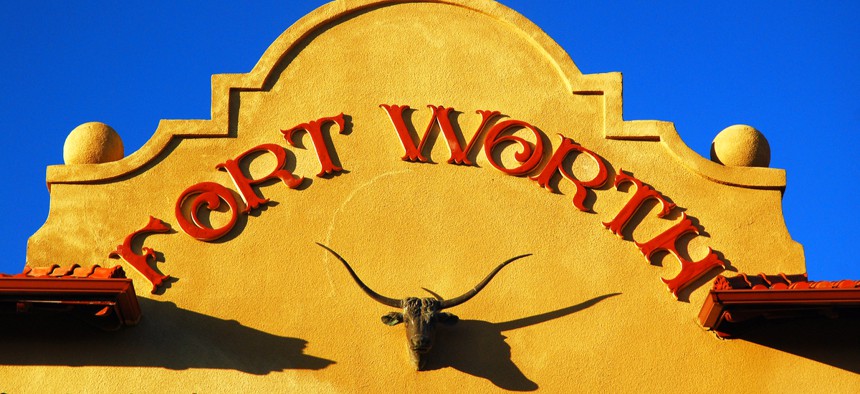Fort Worth, Texas Cracks Top Cities List

Fort Worth is now the 15th-largest city in the country. Shutterstock
Fort Worth added 18,664 people in 2017, an average of 51 per day—enough to push the city into 15th place on the list of the country’s largest, according to recent census data.
Fort Worth, Texas added 18,664 people in 2017, an average of 51 per day—enough to push the city into 15th place on the list of the country’s largest, according to population data released recently by the U.S. Census Bureau.
Fort Worth (population 874,168) crept past Indianapolis (population 863,002) to claim the last spot on the list. The top 14 largest cities in the U.S. haven’t changed since 2016 (no. 1 is New York City, followed by Los Angeles, Chicago and Houston).
And Fort Worth’s growth may not stop there. Mayor Betsy Price said last month she thinks the city could jump past 14th-place Columbus, Ohio (population: 879,170) next year.
"We're excited about the growth, and we think the great business climate plays a role," Price told the Star-Telegram. "One of the challenges is how do you manage the growth? You don't want the quality of life to suffer. You need to keep up with your infrastructure."
With the move, Texas has five cities in the top 15 list, one more than California, though the Golden State has about 11 million more residents. Texas is also home to three of the five cities with the largest population gains in 2017, according to the census data.
That includes San Antonio, which nabbed the top spot for population growth, adding more than 24,200 people in 2017, an average of 66 per day.
“That’s a growth rate of 1.6 percent,” Amel Toukabri, a demographer in the census bureau’s population division, said in a statement. “This growth was enough to push San Antonio's population above the 1.5 million mark.”
Other cities with large population gains include Phoenix (24,000), Dallas (18,900), Los Angeles (18,600), Seattle (17,500) and Charlotte, N.C. (15,600).
In population changes by percent, cities in the South with populations of at least 50,000 lead the country, growing by an average of 10 percent in 2017. The West is second at 7.8 percent, followed by the Midwest (3 percent) and the Northeast (2.2 percent).
Explore the full data here.
Kate Elizabeth Queram is a Staff Correspondent for Government Executive’s Route Fifty and is based in Washington, D.C.
NEXT STORY: Black Drivers in Missouri Are 85% More Likely to Be Stopped Than Whites





